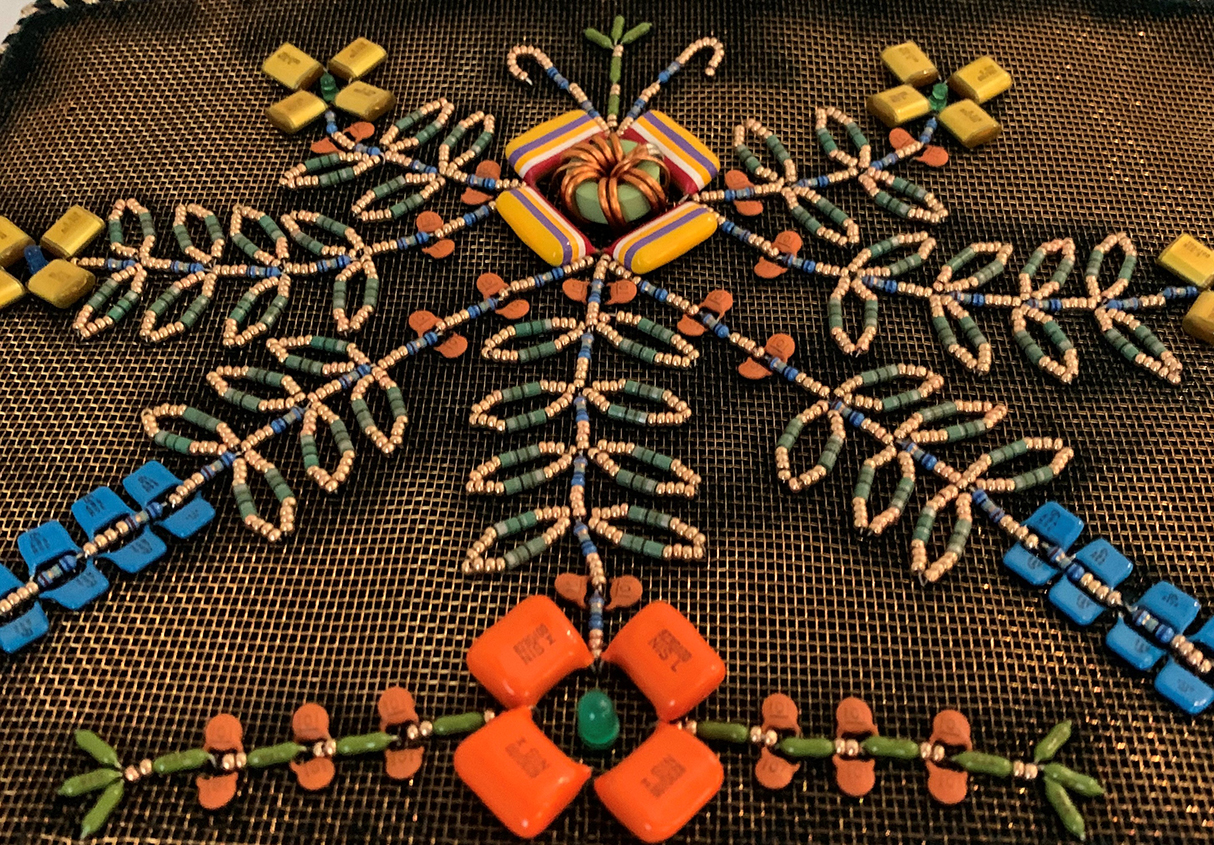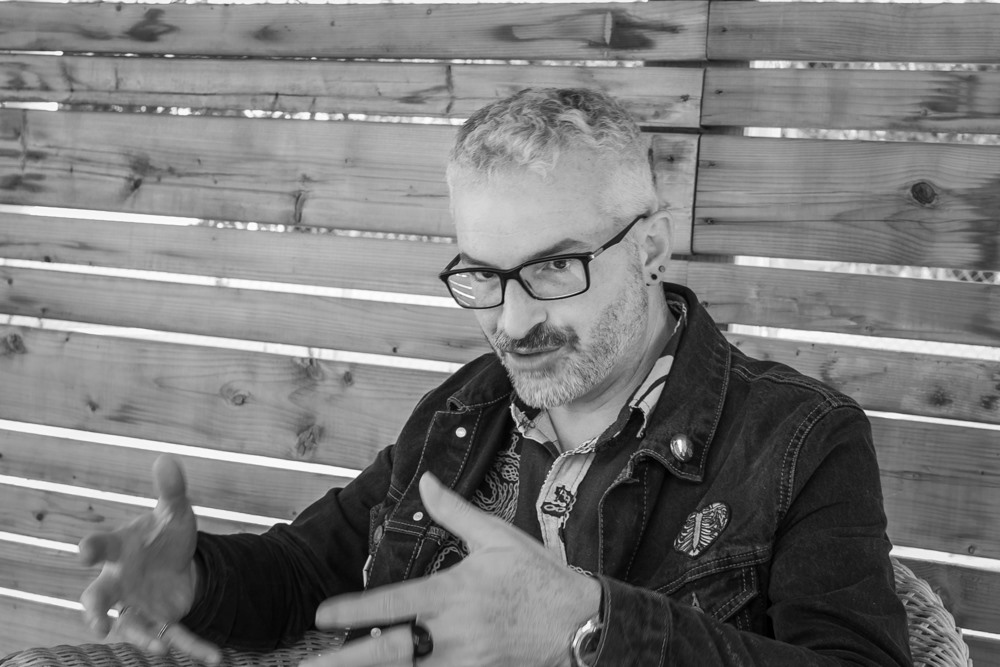Canada Day 2022
What We Are | What We Are Not

I have always been interested in history; but in many ways – and I think of this, and share this, on this Canada Day – I did not fully come to understand the history of Canada until I began living in Saskatchewan. The city of Saskatoon was where I resided for nearly two decades – the land of Starlight Tours, the space of the ‘greatest Canadian’ Tommy Douglas which rings hollow nowadays, a city almost literally divided with its East and West sides, with insinuations of how the river was a segregator around race, and a place that I would offer is Canada in a microcosm. Much potential (is it not sardonically called ‘next year’s country’?) but a difficult, horrid history (that some acknowledge, too many actively ignore), and a place that seems to not just sit at a crossroads about what ‘we’ can be, but idles at the crossroads, making no real effort to move…..On this day, it is good to ask what Idle No More, Truth and Reconciliation, a true dialogue might – could – must mean, to this collection of nations and peoples.
And I write this now living in the traditional territory of the Haudenosaunee and Anishinaabe peoples: a territory covered by the Upper Canada Treaties and is within the land protected by the Dish With One Spoon Wampum agreement. I have always loved that terminology of only one spoon: if we are to survive, we must share, and acknowledge what is owed, and what we owe each other.
It’s rather tiresome to suggest that artists are any more prophetic than others: but it’s good to consider that art is both the most subversive and direct form of history. Artists offer different places to stand and consider the world around us. Some of these need to be interrogated; to return to Saskatoon, I am reminded of an argument with an art historian, who privileged karaoke modernism, asserting that ‘art’ in that place only began in the 1900s, dismissing centuries of artists and art that were there already, and contemporary First Nations artists furthering that work. But we Canadians have always favoured institutional racism that denies its own existence (I can name several artist run centers in Saskatoon, and people still there who can read a land acknowledgement with a self righteousness that disguises some of the worst careerists who embrace institutional racism, when it serves them). There is a terra nullius to the larger art world here. I shall resist – as curated. exists in a similar space – anything more than mentioning the demise of Canadian Art Magazine, and what that says about reconciliation, and history….
We at curated. encourage you to mark this day as you see fit: perhaps that is in the celebratory manner akin to the works of Ruth Dick, featuring Lana, and of being able to actively define yourself, or the more appropriately demanding manner of Lawrence Paul Yuxweluptin, raging against being defined by others. At curated., we platform artists with a multiplicity of voices that might be guides forward: a cacophony, a conversation, perhaps even an argument, when it is needed.
Perhaps we don’t mark it at all, in respect and mourning for children who never grew up after too much pain; perhaps – like myself – you think more, today, about how there are too many in Canada who cruelly and ignorantly don’t hear those children’s voices, marching and shouting trying to drown that out.
But to not necessarily celebrate it, as it was in previous generations, doesn’t mean being silent, or that the day (and its implications, assumptions and inherent difficulties) isn’t an opportunity to consider the country we live in: and it is also an opportunity to revisit some of the artists across Canada, whose works are part of that larger conversation, that we’ve been delighted to share with you.
Curator

Bart Gazzola is an arts writer, curator and photographer based in Niagara. He’s published with New Art Examiner, Canadian Art, BlackFlash Magazine (where he was editorial chair for three years), Magenta Magazine and Galleries West, and was the art critic at Planet S in Saskatoon for nearly decade. Notable recent curatorial projects include Welland: Times Present Times Past (2020) at AIH Studios in Welland, and A Place To Stand: The Legacy of the Rodman Hall Art Centre Collection (2021 – 2022). He was previously assistant editor at The Sound: Niagara’s Arts and Culture Magazine, where his ongoing series on Brock University and Rodman Hall Art Centre earned him a St. Catharines Arts Award nomination (2020).
Links
~ Posted by Mark Walton and Bart Gazzola